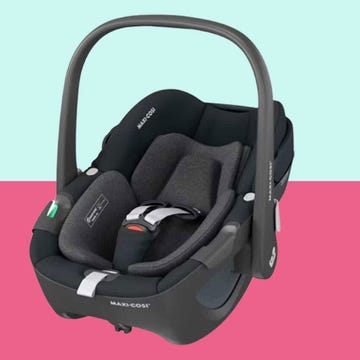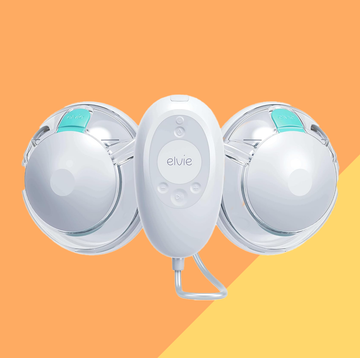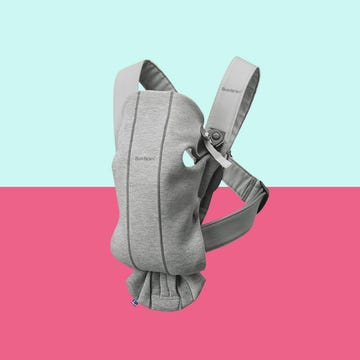We earn a commission for products purchased through some links in this article.
17 best pushchairs, strollers and buggies for every kind of terrain
We put them through an assault course at (and around) the GHI lab

A pushchair is one of the biggest purchases you’ll make when you start a family. Choosing the right one can make a huge difference when you’re on the move, helping you negotiate supermarket aisles, grass and kerbs with ease, and they should see you through to the toddler years.
But there’s lots to consider. That’s why the Good Housekeeping Institute has been busy putting them through their paces – across multiple terrains – in and around our lab. We essentially put them through an assault course, wheeling them over grass, pavements, up kerbs and up and down stairs.
Whether you’re after a cosy pram for a newborn, a travel system that takes you from car to shop and back again, an all-terrain option for countryside walks, or a lightweight stroller, we’ve got the best pushchairs, prams, strollers and buggies for every purpose.
These are our experts’ top picks at a glance but keep reading for everything you need to consider before you buy, along with our full reviews.
How to choose a pushchair
Of course, you want something that’s comfortable for your baby, but you also need to consider your lifestyle. These are the factors we recommend considering before you shop.
Where you live: If you’re based in town, a small, nippy model is ideal for negotiating public transport and trips to the shops. But, if you’re in the country and like to head out for walks, a pushchair with larger wheels and good suspension may suit better.
Your mode of transport: If you use the car a lot, make sure you measure the inside of your boot to see how large a chassis it can take. Bear in mind that you can remove the wheels of many pushchairs to fit them into a smaller space. For those who use public transport a lot or need to go up and down steps to get into the house, you’ll want a lightweight pushchair that can be folded easily and carried.
How much space you have: Live in a small flat with a lift that’s always out of order? Choose a model you can fold easily and put over your shoulder. If you have a large door and hallway and no steps to climb, you can opt for a larger pushchair.
Extra storage: Bear in mind that your pushchair will also become your shopping trolley (as you need your hands to push). So, look for an option with a generous shopping basket underneath.
How often you travel: Frequent flyers should look for an airline-compliant model that can be folded easily and placed in the overhead locker. If you have an airline you travel with a lot, check their luggage restrictions before purchasing, to be sure your pushchair is suitable
What are the different kinds of pushchairs?
Prams: These let you lay your newborn flat, facing you. They have a chassis (a frame and wheels) and a carrycot suitable for babies up to six months on top, some of which can be used for overnight sleeping. Most can also be used with a seat unit up to the age of two or three (see travel system below). They tend to be sturdier and heavier than a stroller.
Travel system: This consists of a chassis and a seat unit, with the option to add a car seat and/or carrycot. Essentially, it incorporates all the attachments you may need from birth to toddler age. It also allows you to transport your baby from the car to the shops and back again without waking them.
Stroller: These lightweight buggies are good if you use public transport regularly or do a lot of travelling. They’re generally for use from six months on, although some models come with a lie-flat option that lets you use them from birth. They’re small and fold easily. Some can even go in a plane’s overhead locker.
Three-wheel or all-terrain buggy: These come with large wheels. Some can be used for running and some walking. Check before buying if they can be used from birth and how heavy they are.
Double pushchair: These come with two seats, either side-by-side, or one in front of the other (tandem). If you have children of different ages, look for models where the seats can be reclined independently of each other.
Single-to-double pushchairs: These combine a chassis and seat, and have the option to add an extra carrying solution, suitable for twins or siblings. Many can be used with one or two carrycots, car seats, seat units or any combination of this; for example, if you have a newborn and a two-year-old, you may want one carrycot and one seat unit. Some pushchairs are sold with all you need for two children; with others, you can buy additional items as you need them. This option is ideal if you are having your first baby but plan on trying for a second fairly soon after.
Other factors to consider
Bear in mind that some seat units can recline flat, making them suitable from birth, while others won’t recline fully, in which case they can be used from around four to six months. Check the seat for your chosen model to see if you also need a carrycot or bassinet.
Some carrycots are suitable for overnight sleeping – these should have a ventilated base and mattress. Others aren’t, but can be used to lie your baby flat when in their pushchair. Some are softer and collapsible, usually called a bassinet.
What age are pushchairs suitable for?
Many pushchairs will be suitable for children from birth or six months (check when buying) to around 22kg – that’s about four or five years old – and while most parents hope their kids will be walking by two or three, there will probably still be times – picking up from nursery or school after a long day, for example – when you’ll need to call on your buggy.
How we test pushchairs
Alison is head of content for the Good Housekeeping Institute, responsible for product reviews across homes, beauty, wellness, family and food & drink. She lives by the William Morris quote that you should “have nothing in your house that you do not know to be useful, or believe to be beautiful.”
Alison has over 15 years' experience as a lifestyle editor and has written features on everything from misophonia to how to dress like Claudia on The Traitors. She has also interviewed everyone from Dame Joanna Lumley to the Kardashians.
In her spare time, you'll find her hanging out with Monty the cocker spaniel and refreshing the Sezane website every five seconds.
Sally J. Hall is a parenting tester for the GHI, reviewing everything from bedside cribs and pushchairs to nappies. She has written extensively on pregnancy, birth and the health and development of both pregnant mums and their babies. She has in-depth knowledge of the parenting world, has tested thousands of products and is passionate about finding those that make parents’ lives easier.
Sally has worked on many major UK parenting titles and was previously editor of both Emma’s Diary and Bounty. With extensive contacts across the parenting industry, she published B Baby Magazine for eight years, which covered the private maternity market across the UK and is the author of books Plant Based Baby and Eco Baby.


17 best baby sleep aids to buy now
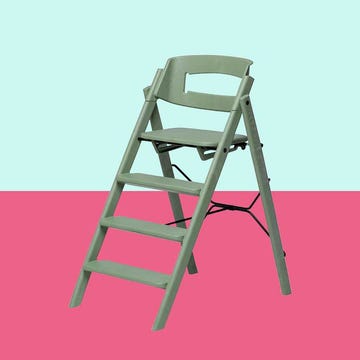
7 best highchairs for happy mealtimes
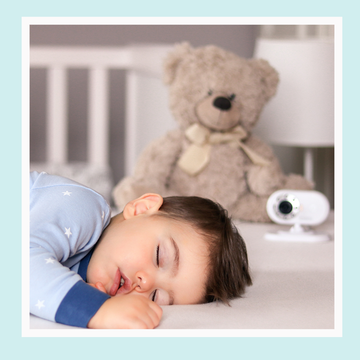
9 best baby monitors to keep an eye on little ones

The best headphones for babies




















